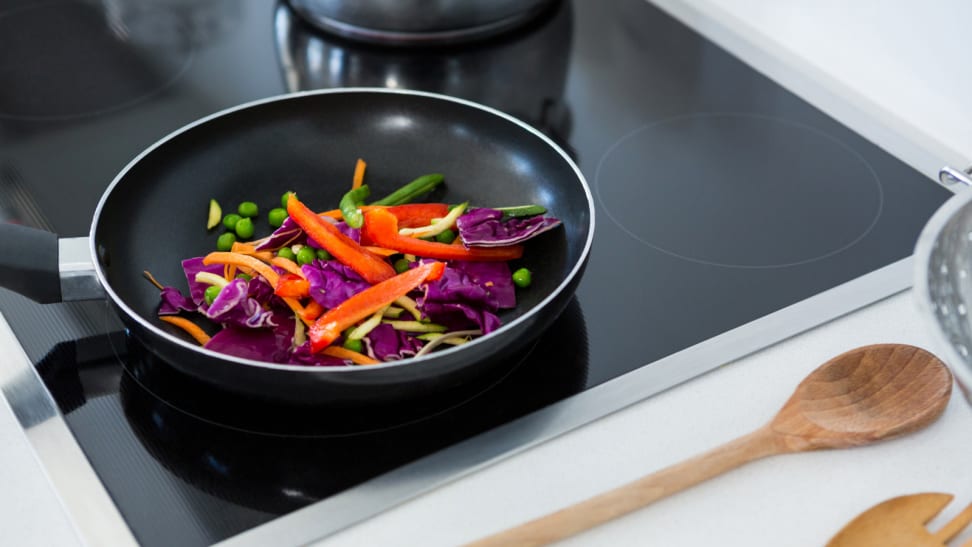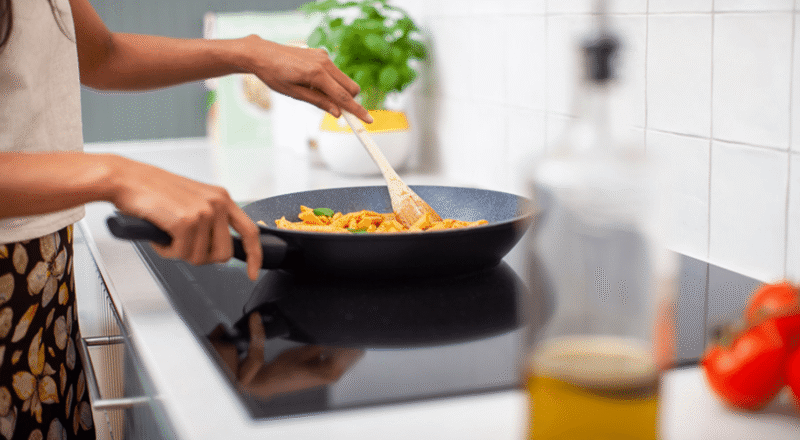For kitchen enthusiasts and professionals alike, maintaining the integrity and longevity of your cast iron cookware is paramount. With the rise of induction cooking, many are left wondering about the best practices for caring for their cast iron, particularly when it comes to cleaning. It’s essential to master the art of cast iron soap washing after induction to ensure your cookware remains efficient and durable.

Understanding Cast Iron and Induction
Before diving into cleaning techniques, it’s important to understand why cast iron and induction cooktops are a match made in culinary heaven. Induction cooktops use electromagnetic fields to heat pans directly, offering precise temperature control and energy efficiency. Cast iron, with its ferrous metal composition, is naturally compatible with induction, making it a favorite among chefs.
Why Proper Cleaning Matters
Cleaning your cast iron cookware properly is crucial for maintaining its non-stick surface and preventing rust. After using your skillet on an induction cooktop, understanding the right soap washing techniques can help preserve its seasoning and extend its lifespan.
Steps for Soap Washing Cast Iron After Induction
Step 1: Let it Cool
After cooking, allow your cast iron pan to cool down naturally. Sudden temperature changes can lead to warping or cracking, which is detrimental to the pan’s longevity and performance.
Step 2: Use Mild Soap
Contrary to popular belief, using a small amount of mild dish soap is safe and effective for cleaning cast iron. The gentle nature of mild soap ensures that the pan’s seasoning remains intact while effectively removing food particles and residue.
Step 3: Scrub with a Soft Sponge
Using a non-abrasive sponge, gently scrub the surface of the pan. This prevents scratches and ensures that the seasoning is preserved. For tough residues, consider using a chainmail scrubber, which is gentle yet effective.
Step 4: Rinse and Dry Thoroughly
Rinse the pan thoroughly with warm water to remove soap and residue. After rinsing, dry the pan completely using a clean cloth to prevent rust. Moisture is the enemy of cast iron, so ensure no water is left on the surface.
Tips for Maintaining Cast Iron After Induction Use
Regular Re-Seasoning
After cleaning, it’s beneficial to re-season your cast iron pan occasionally. This involves applying a thin layer of vegetable oil and baking it in the oven, which helps maintain its non-stick surface.
Avoiding Metal Utensils
To preserve the pan’s seasoning, avoid using metal utensils that can scratch the surface. Opt for wooden or silicone utensils instead, which are gentle on the pan.
Storage Considerations
Store your cast iron cookware in a dry place, and consider placing a paper towel between stacked pans to prevent moisture buildup. This simple step can significantly reduce the risk of rust.
Exploring More on Cast Iron and Induction
For more insights into using cast iron on induction cooktops, you can visit Field Company’s guide or learn about the pros and cons of induction cooktops from Consumer Reports.

FAQs
Is it safe to use soap on cast iron?
Yes, using a small amount of mild soap is safe and won’t harm the seasoning of your cast iron pan.
Can I skip drying my cast iron pan?
No, drying is crucial to prevent rust. Ensure your pan is completely dry before storing it.
How often should I re-season my cast iron?
It’s recommended to re-season your cast iron pan every few months or as needed, depending on usage.
For more detailed guides on maintaining your cast iron after induction use, check out our articles on seasoning after induction and avoiding scratches.
This article contains affiliate links. We may earn a commission at no extra cost to you.

